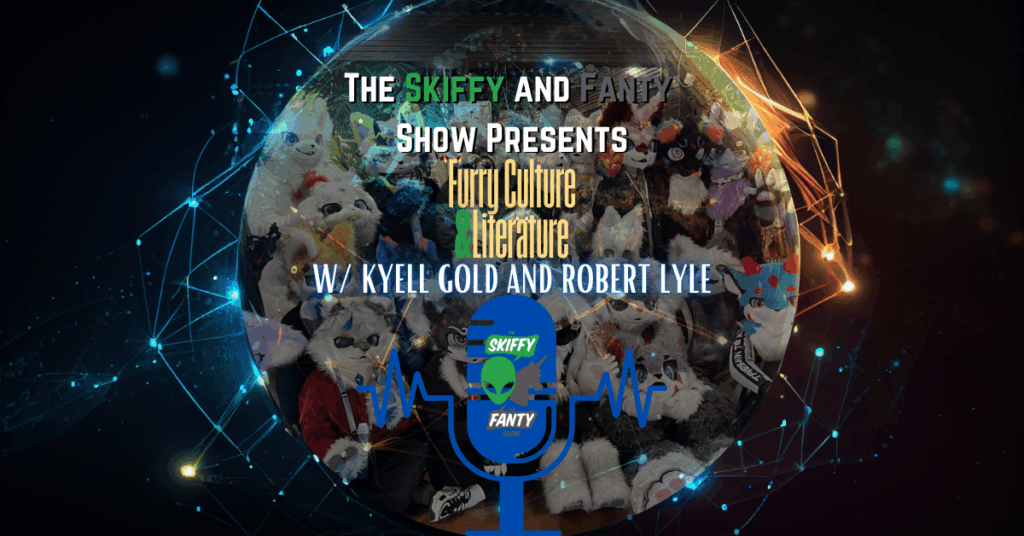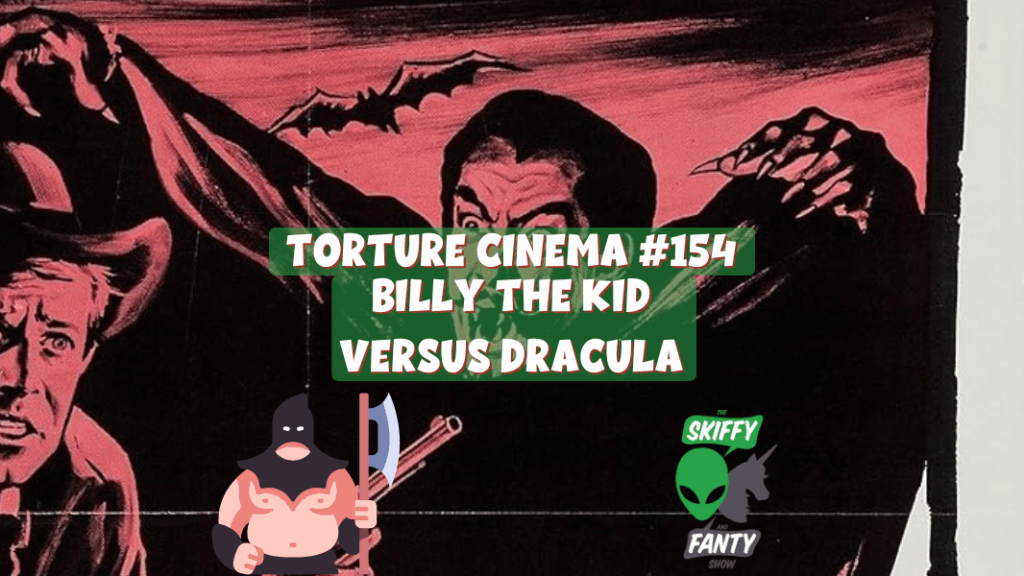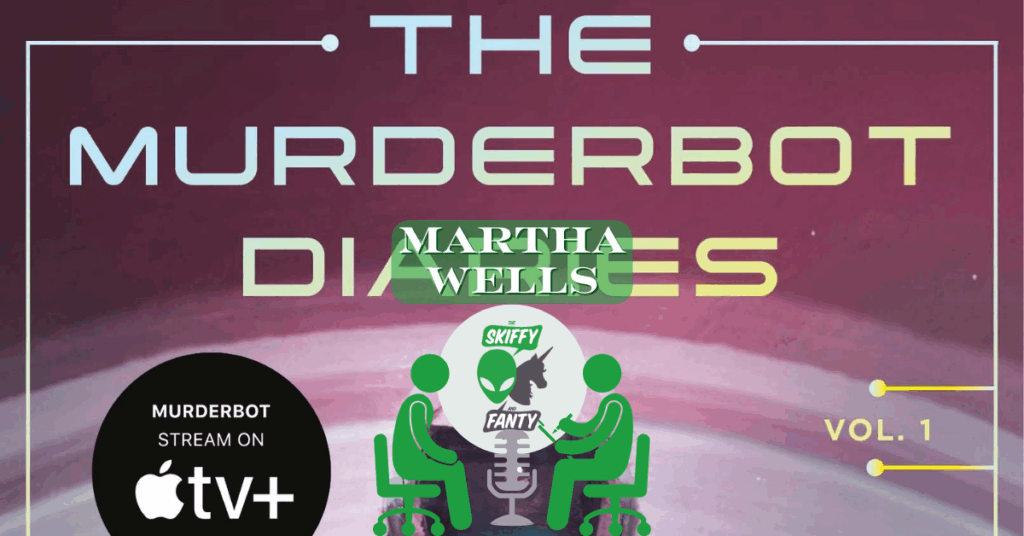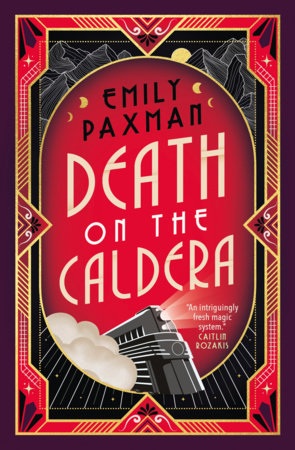Book review: Silk & Sinew anthology, edited by Kristy Park Kulski

“Being in Thailand reminded her of an identity she’d lost in relocation, and probably why she always preferred haunted places and to be among ghosts. They existed somewhere in between, like her.”— “Mindfulness” by Rena Mason, in Silk & Sinew Silk & Sinew: A Collection of Folk Horror from the Asian Diaspora, edited by Kristy Park Kulski, contains some really interesting stories, poems, and reflections, many of which transmit lovely feelings, and/or deep unease, and/or gut punches. Sometimes all at once! It came out in May, but I wasn’t in the right headspace to read a horror collection then. The main part of the book is divided into sections of Soil, Estuary, Bedrock, Roots, and Air. Each section starts with a poem (one in prose) and continues with several short stories more or less related to the theme. The front matter contains an Editor’s Note, a poem, and a Foreword by Monika Kim. The book ends with “Glimpses into the Historical Context” — providing short summaries of Colonialism in Taiwan, Enriching Far Away Worlds (about British colonialism breaking Indian economics), and An Ancient Land (about Armenia) — plus another poem, Acknowledgements, Content & Trigger Warnings, and sections about the authors, the editor, and the artist. I want to highlight the Content & Trigger Warnings section a little, because it’s in the back of the book, which may be a little late for people who just begin at the beginning and read straight through. But it makes sense to put it there, because the warnings are story-specific and thus contain spoilers for some things that will happen or be referenced in each story. A front-of-book warning would necessarily be either so generalized as to be useless, or a long list of specific harms that might put people off the book who could have just skipped stories that might have traumatized them in particular. In addition to possibly skipping to the back for the warnings in case you want to avoid, or at least brace yourself against, specific themes, I also recommend reading the Foreword by Monika Kim, which helps add to these stories and poems a context for our era. Like Silk & Sinew’s editor, Kristy Park Kulski (according to Kim), and like Kylie Lee Baker, whose Bat Eater and Other Names for Cora Zeng I reviewed in April, and doubtlessly like many others, she expresses dismay over the upsurge in anti-Asian sentiments, harassment, and violence following the COVID-19 pandemic; however, she also talks about finding some comfort and catharsis in reading and writing about experiences that may not always be shared, exactly, but that do resonate with common themes. There are seven poems and more than 20 stories in the anthology. All of the poems were evocative and included lovely, lyrical language, with emotions ranging from wistful and nostalgic, to harsh and angry, to fatalistic about oncoming doom, to wondering and hopeful, and more. The opening poem, “Treachery for the Forlorn” by Saba Syed Razvi, describes heartfelt memories and numinous figures, contrasting comfort with unease, inviting the reader to contemplate and speculate:“On this the night of a thousand echoes,…Which voice would you invoke into the walls of your heart, if the wayward would listen?” Many of the stories also contain lovely passages, or harrowing ones. All the writers here are extremely skilled at their craft. There are a lot that I don’t want to quote here because the most amazing sentences give away something important, but here’s one section: For the first time since I answered the phone—what seems like a lifetime ago—my vision blurs, turning the rippling grasses into a kaleidoscope of gold and green. I open myself up to my grief, letting the tears fall from my face into the river below, swirling into the current.I let the water taste me. I let them know I’m here.— “Fed by Earth, Slaked by Salt” by Jess Cho Many of the stories include elements of sacrifices that relatives are expected to make for each other, sometimes matter-of-factly like in “Mother’s Mother’s Daughter” by Audrey Zhou, sometimes resentfully, and sometimes even unknowingly. Sometimes the sacrifices are mutual, and sometimes they benefit entire communities. On the other hand, people can make sacrifices that only end up benefiting outsiders, via trickery and extractive economics, and some of these nominally horrific stories’ plots act as wish fulfillment for the vengeful. Numerous stories are about people adjusting to life in new lands, occasionally finding unexpected allies, or still coping with being treated as outsiders generations afterward. Several of the stories are about members of the diaspora visiting the lands their parents or ancestors came from; sometimes this leads to revelations and deeper understandings (e.g. “The Squatters” by Shawna Yang Ryan), sometimes to transformations, sometimes to potential gain for the inhabitants if not the visitors, and sometimes simply to fear, horror, and death. Sometimes the horror happens to the protagonists, and sometimes they perpetrate horrors upon others. Often the horror depends on the perspective the reader brings to the stories. I certainly don’t always agree with the actions or inactions of the protagonists, and I’m sure many stories contain nuances that I missed; however, I find most of them to be relatable in some manner. Each poem is moving in its own way, as are most of the stories, and everything in the anthology is interesting, often in very surprising ways. Silk & Sinew: A Collection of Folk Horror from the Asian Diaspora, was published by Bad Hand Books but can also be ordered via other retailers.Authors: Kristy Park Kulski (editor, editor’s note, afterword, and acknowledgements); Monika Kim (foreword); Saba Syed Razvi, Geneve Flynn, Angela Yuriko Smith, Christina Sng, Rena Mason, Lee Murray, and Bryan Thao Worra (poems); and Audrey Zhou, Shawna Yang Ryan, Geneve Flynn, Ayida Shonibar, Kanishk Tantia, Jess Cho, Yi Izzy Yu, Angela Yuriko Smith, J.A.W. McCarthy, Nadia Bulkin, Robert Nazar Arjoyan, Rowan Cardosa, Seoung Kim, Saheli Khastagir, Gabriela Lee, Rena Mason, Ai Jiang, Christopher Hann, Priya Sridhar, and Lee Murray (stories). Three
Across the (Homeric) Universe: Stephen Fry’s Odyssey

Images of broken light which dance before me like a million eyesThey call me on and on across the universeThoughts meander like a restless wind inside a letter boxThey tumble blindly as they make their way across the universe— “Across the Universe”, The Beatles (written by John Lennon) I start with a quote from the Beatles for this review of Stephen Fry’s Odyssey because this book is not quite what I expected, and it encapsulates the main narrative of the book. Odyssey, the fourth book in his Mythos series (and honestly I had thought Troy, his third, would be his last)1 takes the form much more like Troy than the first two. Just as Troy was not a straight-up retelling of The Iliad, but rather the entire Trojan War from Troy’s origins (which at the time of reading that, I was rather fuzzy on) all the way to its start, and its finish. As you know, Bob, The Iliad isn’t even the end of the War, but rather just a pivotal episode in it. But he does go on to describe the end events of the Trojan War, and leaves us with Troy sacked and destroyed. And so we wind up with Odyssey, now. Odyssey does not have the titular The, and this is not, in fact, Odysseus’ story, or more belike, *just* Odysseus’ story. It is the story of all those that left the site after the end of the war. Odysseus, yes, but also Diomedes, Agammenon, and Menelaus. And, as it so happens, a survivor on the Trojan side…Aeneas. The setup of the book takes an event that Odysseus describes in one of his many tellings of his prior adventures to his various hosts2 and tells that, straight. For the first two-thirds of the book, Fry tells things from a forward perspective in this regard, rather than it being recounted to us by someone else. In Odysseus’ retelling, the ships leaving Troy were all hit by the Gods’ wrath (the Greeks did not sacrifice properly or richly enough, and did some very bad things) and so ALL the fleets and travelers home had difficulties. This re-contextualizes Odysseus’ plight as just the *worst* of them all, and so we intercut and jump between the fates of the various Greek heroes. Fry is a synthesizer and remixer of Greek myths and stories. He takes from every source he can find and puts it into his own telling. For a lot of the post-Trojan War stuff, then, he talks about drawing from various Greek plays, as well as Virgil’s the Aeneid (more on Aeneas in a moment). This gives him some more material than usual for his work, but it also means that, unlike the first three books, the wide-ranging alternatives of various characters are gone. In Mythos and Heroes, Fry struck home the idea, time and again, that there were often a dozen or more stories or contradictory details about characters. When we’ve gotten to the timeframe of The Odyssey, that is now gone. “Canon Formation” has happened, and, focusing on Odysseus again, there aren’t “alternate Odysseus stories” about his journey home in the extant literature3. So we get Agamemnon, fated to be killed by his wife Clymenestra, and the whole tragic series of stories that herald the end of the Atreus family that we find in Aeschylus. We get something quite new to me in the fate of Meneleus, who got blown about the Mediterranean and wound up in Egypt, briefly. We get Aeneas, who does go to Italy to start the line that will found Rome, but not without his dalliance in Carthage, and with Dido. We follow all of these adventures, as well as the “early adventures” of Odysseus. Eventually though, we go full-on Odysseus, and the narrative frame of telling all of these stories falls away into a more straightforward retelling of The Odyssey, completely (and disappointingly to me) following The Odyssey’s pattern of having Odysseus tell stories of his prior adventures not already recounted, to various hosts. This feels like a disappointment to me, a gear shift in the book that doesn’t quite work. After taking pains to make this Odyssey rather than The Odyssey, in the end, Fry bows to the power of Homer, and starts to straight-up tell The Odyssey. All the beats that we know from his post-Calypso sojourn are here, including the beats with Telemachus (his son) and Odysseus telling his story to anyone who will listen4. Odysseus eventually returns in disguise, with Athena’s help, and the suitors of his long suffering wife Penelope are dealt with. You may know this story even if you haven’t read The Odyssey. Certainly some of Odysseus’ story has permeated popular culture. “No man has blinded me!” Circe and her penchant to transform men into animals. Scylla and Charbydis come from the Odyssey, too. And of course coming home and slaughtering all the men who have been harassing your patient and loyal wife for 20 years. The Odyssey ends with the finale of that strife, but Fry does borrow from an earlier book in The Odyssey and makes it clear that, once the suitors are dealt with, Odysseus does have his one final journey with the oar on his shoulder. This is an episode of The Odyssey that doesn’t get as much play in adaptations, since it’s something that Tiresias tells him he must do but it takes place after the events of the main narrative. And that journey and those sacrifices can be truly seen to be the end of Odyssey, and the Greco-Roman myth cycle. In the course of the book, he has brought Aeneas to face Turnus and the end of that story cycle. And with that, the Greek Myth cycle that started with Mythos really is over. The Greco-Roman Gods and Goddesses, who, as Fry has noted, have been withdrawing more and more from human affairs, end their active engagement entirely. No more divine children, no more getting messed up
823. Furry Culture & Literature w/ Kyell Gold + Robert Lyle — SF At School

https://media.blubrry.com/skiffyandfanty/dts.podtrac.com/redirect.mp3/archive.org/download/sand-f-823-furry-culture-literature/SandF_823_FurryCultureLiterature.mp3Podcast: Play in new window | DownloadSubscribe: Apple Podcasts | Spotify | Android | Email | TuneIn | Deezer | RSSGamer foxes, finding your people, and literature with fur, oh my! Shaun Duke is joined by Kyell Gold and Robert Lyle for a wide-reaching discussion of furry culture and fandom, furry literature, the Furry Writers’ Guild, and more! If you’ve ever wanted to know about this vibrant community, this episode will learn you a thing or two! Thanks for listening. We hope you enjoy the episode!
822. Billy the Kid Versus Dracula (1966) — Torture Cinema #154

https://media.blubrry.com/skiffyandfanty/dts.podtrac.com/redirect.mp3/archive.org/download/sand-f-822-billy-dracula/SandF_822_BillyDracula.mp3Podcast: Play in new window | DownloadSubscribe: Apple Podcasts | Spotify | Android | Email | TuneIn | Deezer | RSSMilquetoast heroes, creepy uncle Dracula, and stagecoaches, oh my! Shaun Duke, David Annandale, and Daniel Haeusser join forces to discuss 1966’s Billy the Kid Versus Dracula! Together, they talk about how the film got made and its place in cinematic history, why Dracula isn’t named in the film, Carradine’s weird performance, silent films, and so much more! Thanks for listening. We hope you enjoy the episode!
821. Martha Wells (a.k.a. The Raksura Amanuensis) — Murderbot and More

https://media.blubrry.com/skiffyandfanty/dts.podtrac.com/redirect.mp3/archive.org/download/sand-f-821-martha-wells/SandF_821_MarthaWells.mp3Podcast: Play in new window | DownloadSubscribe: Apple Podcasts | Spotify | Android | Email | TuneIn | Deezer | RSSFanbots, questionable eye contact, and steampunk adventurers, oh my! Shaun Duke and Paul Weimer are joined by the wonderful Martha Wells for a discussion about her career, Murderbot (and the new TV show on Apple TV+), the Emilie books, and more! Thanks for listening. We hope you enjoy the episode!
Book Review: Death on the Caldera

I liked how grounded this book felt. The details of train service, survivors trying to recover after the wreck, the squabbling among various factions of train passengers, the differences between types of magic — all of these felt thoughtfully explored.

